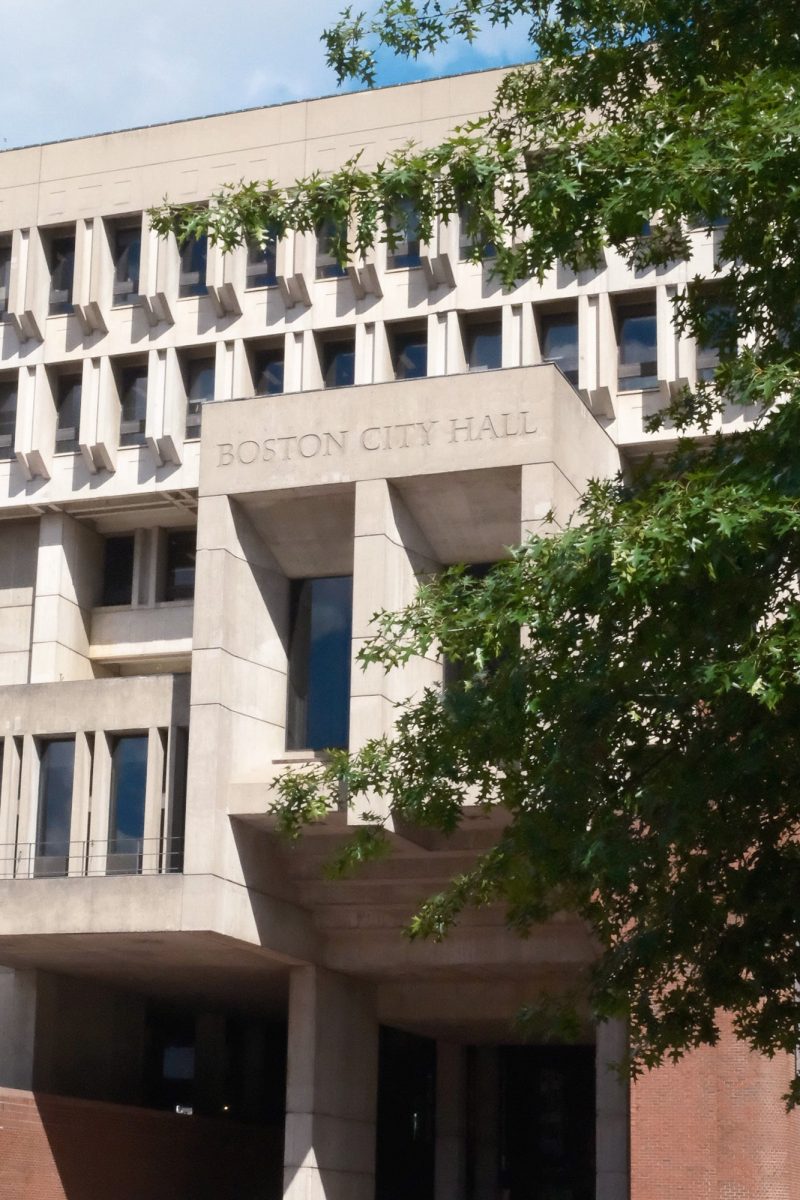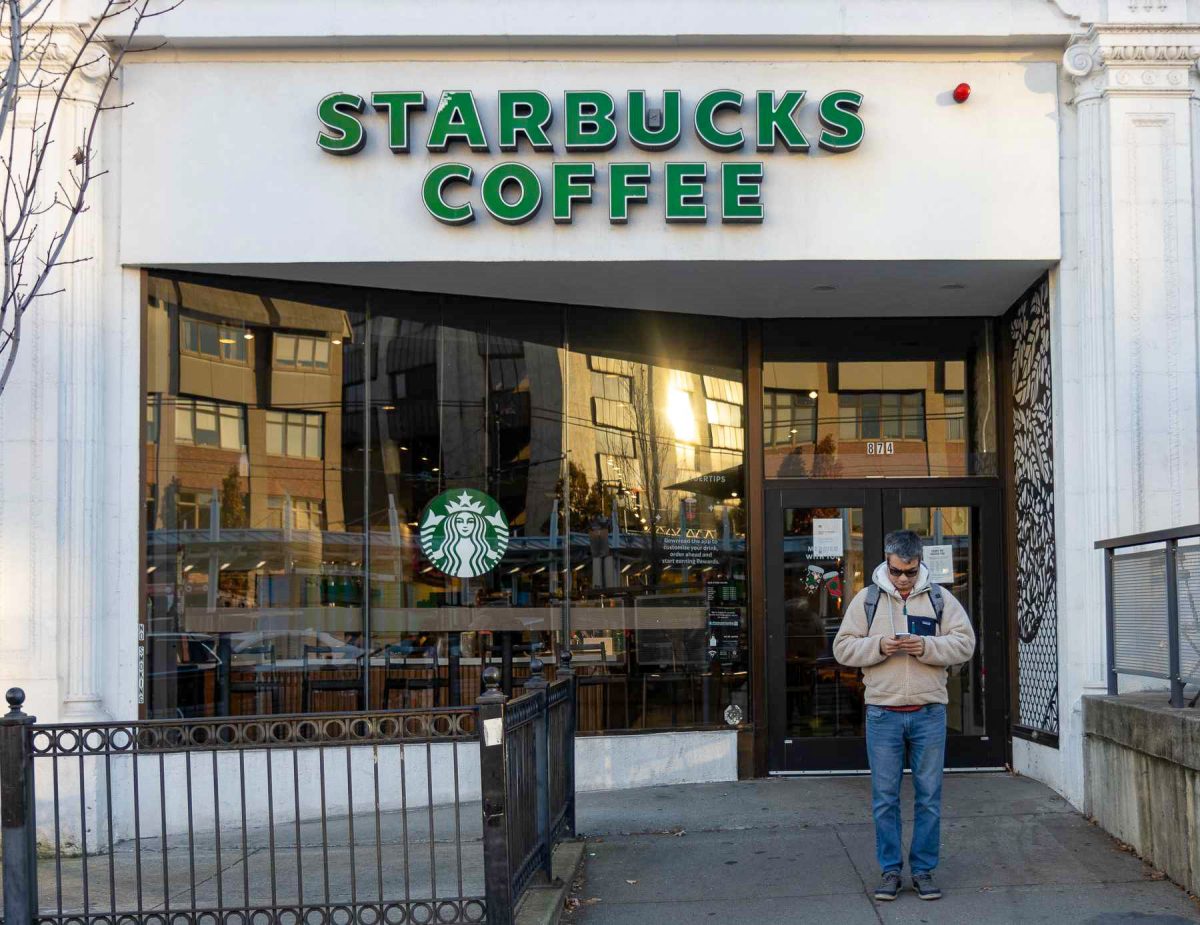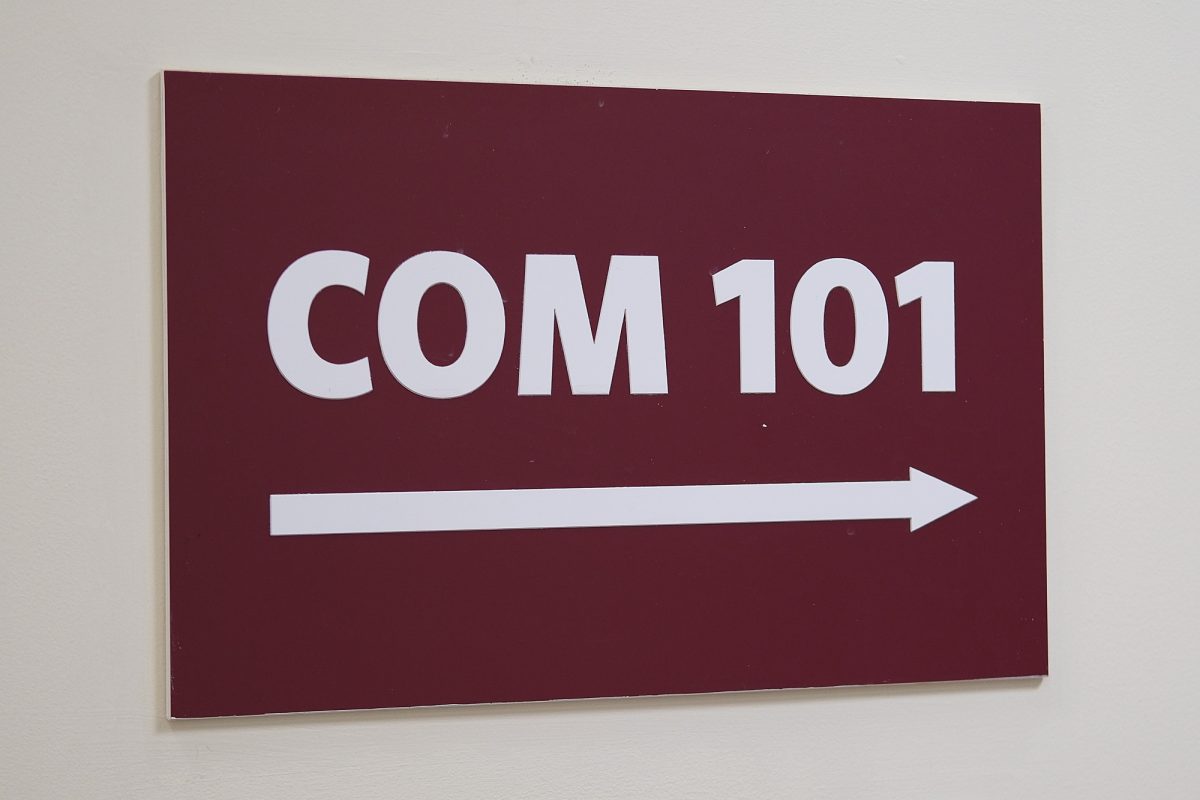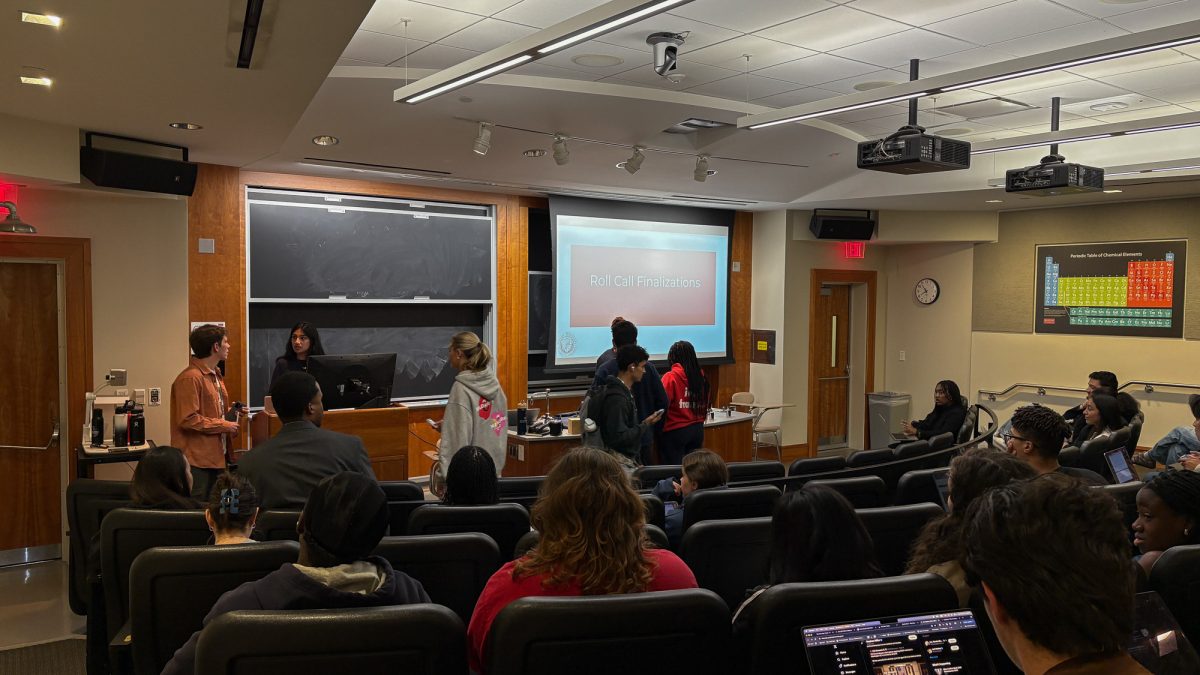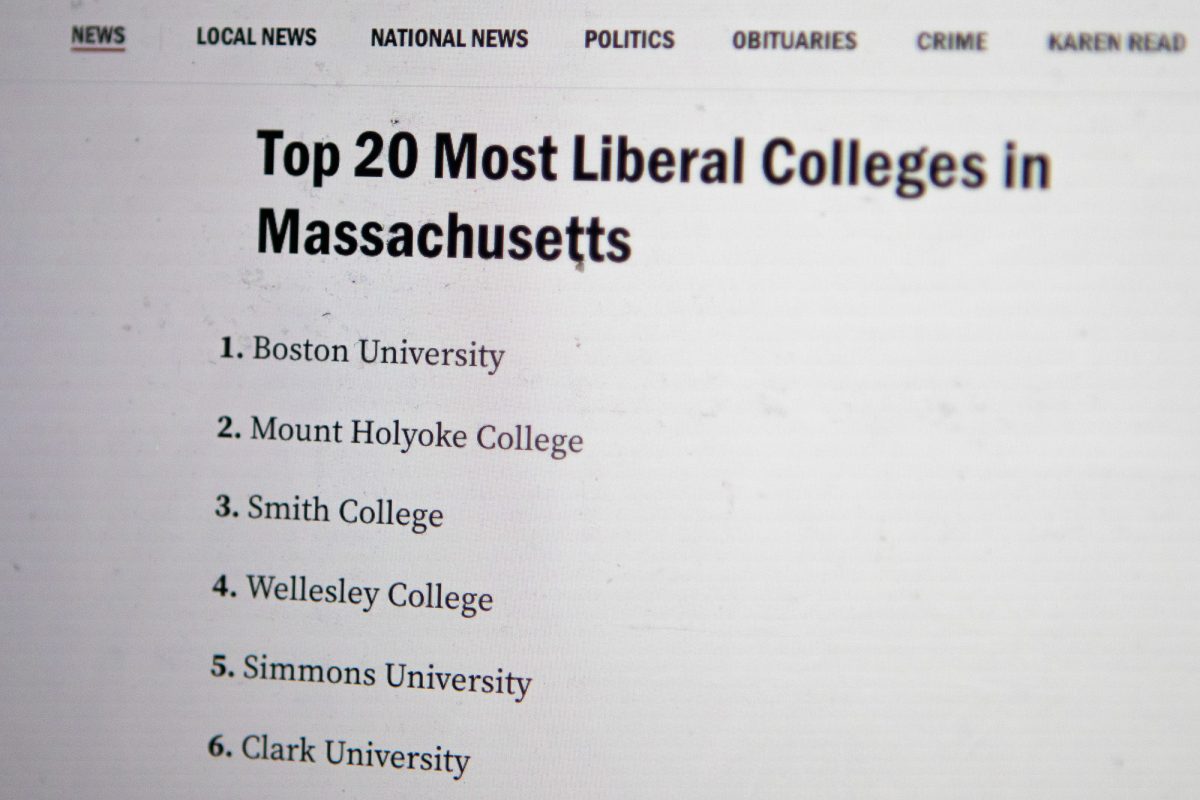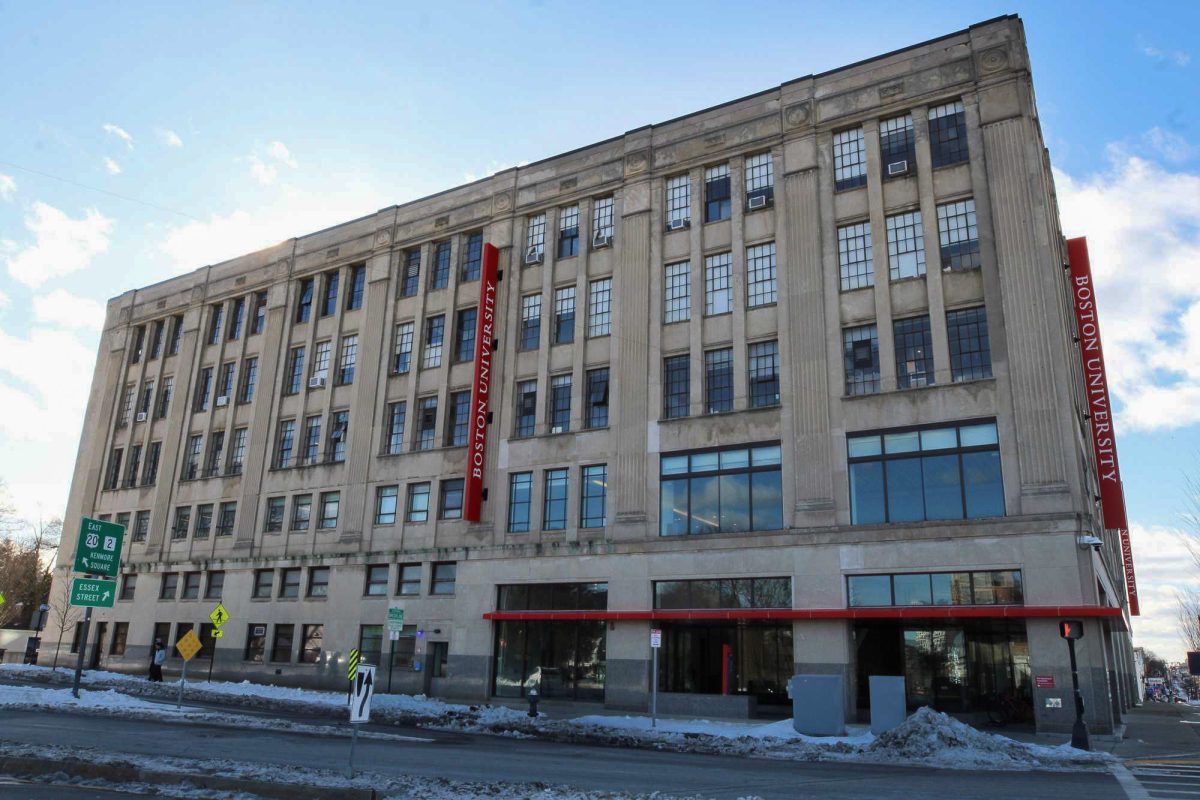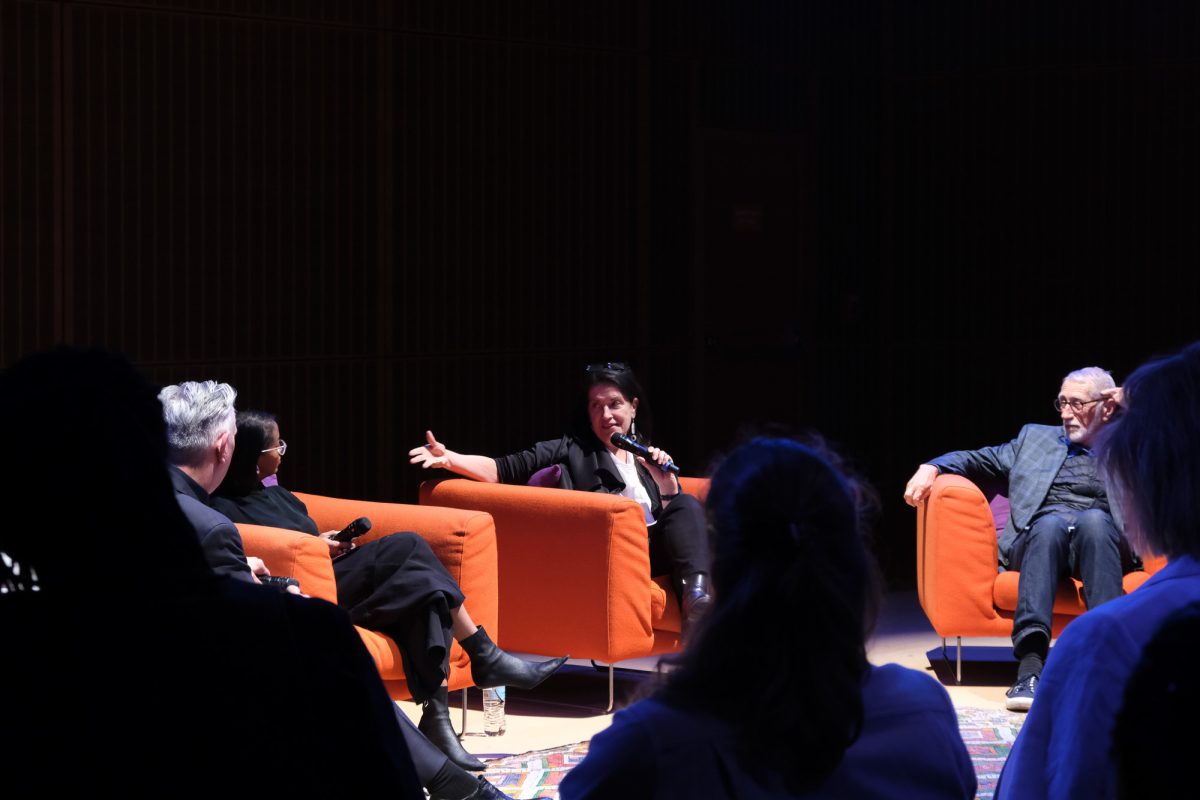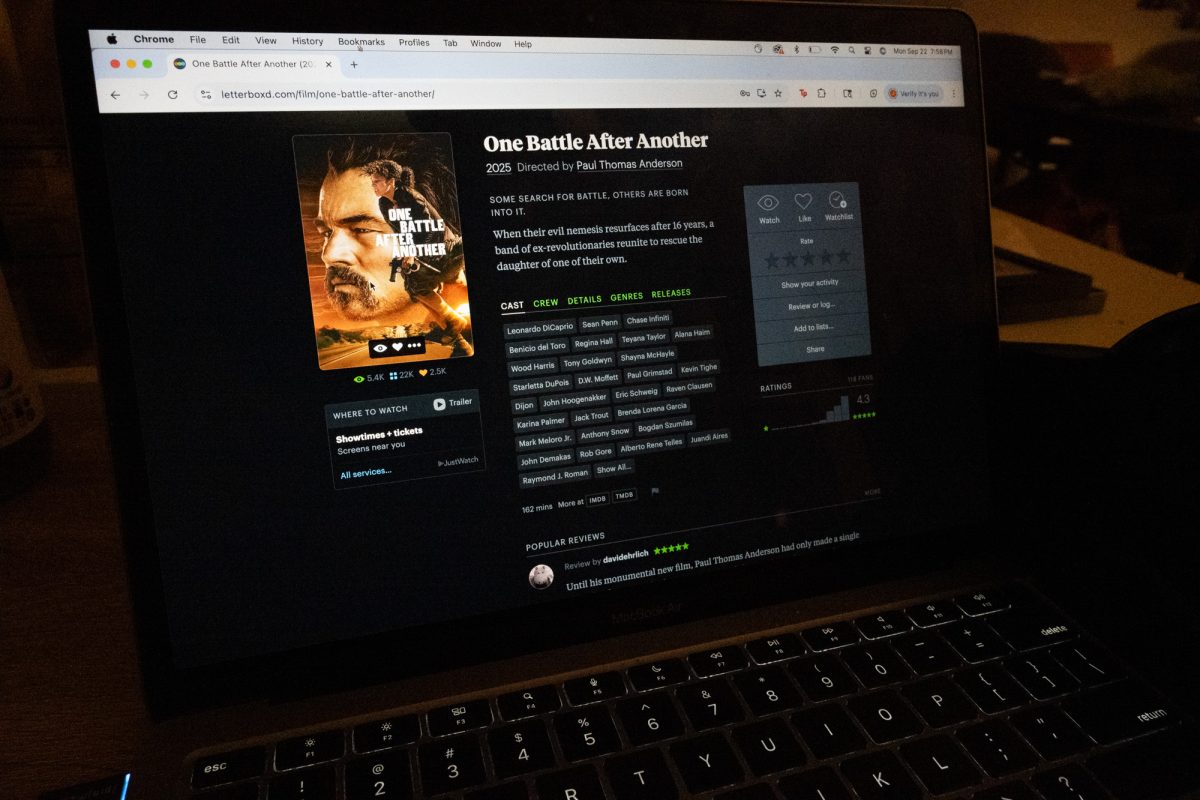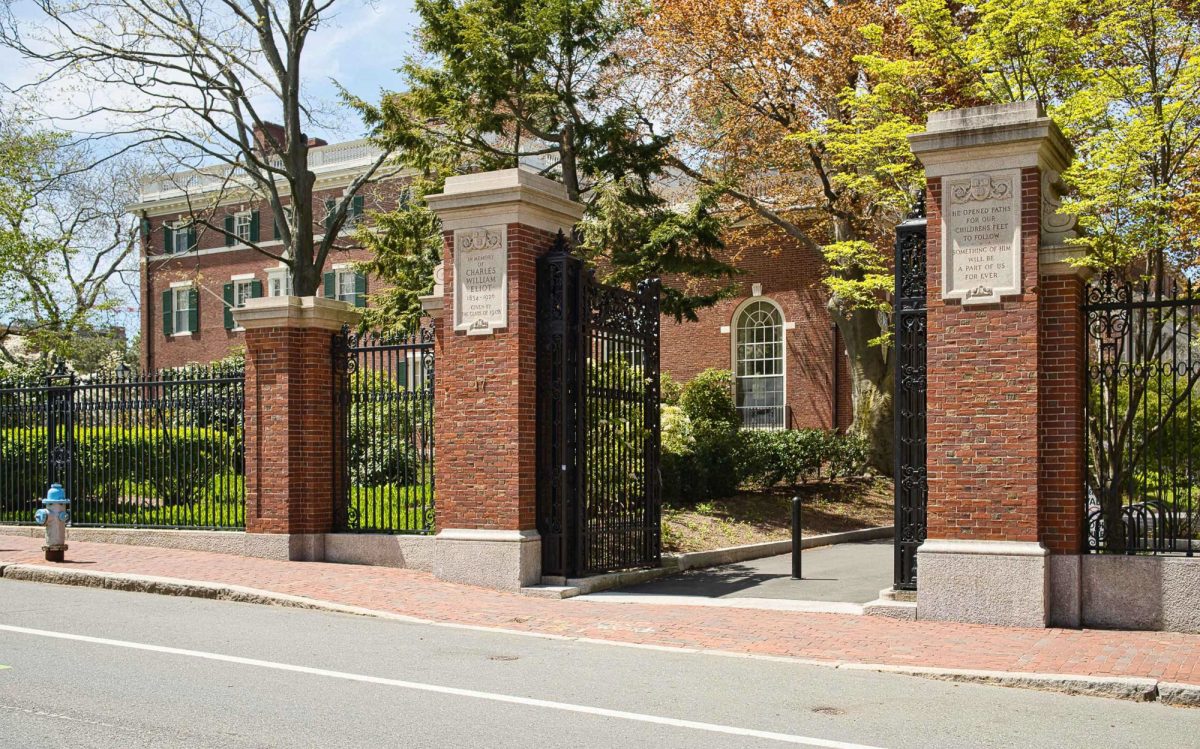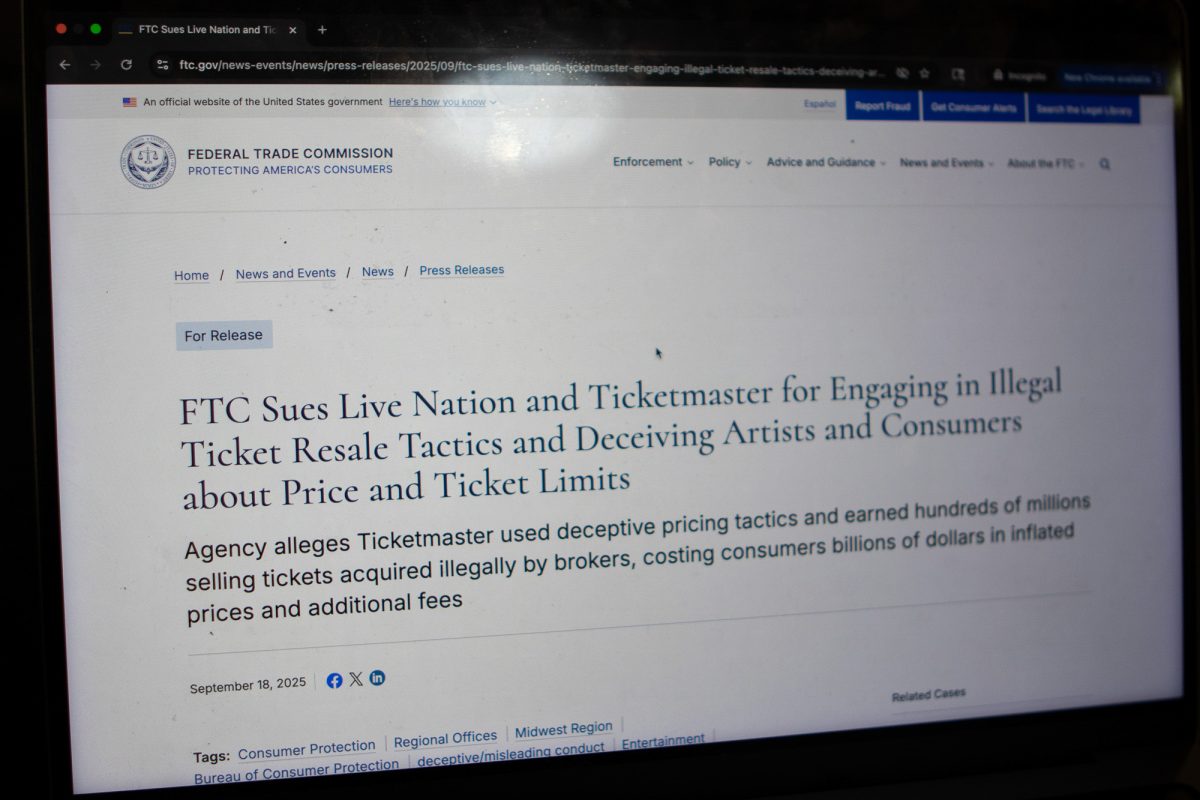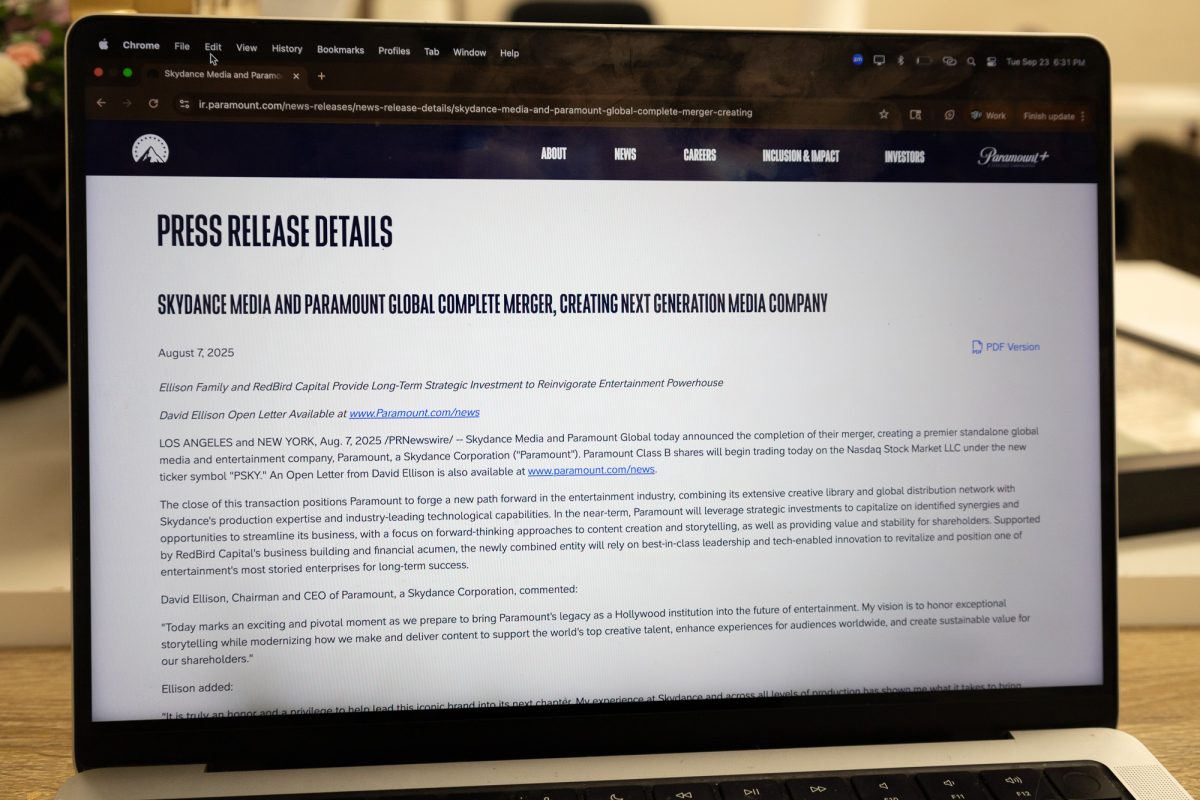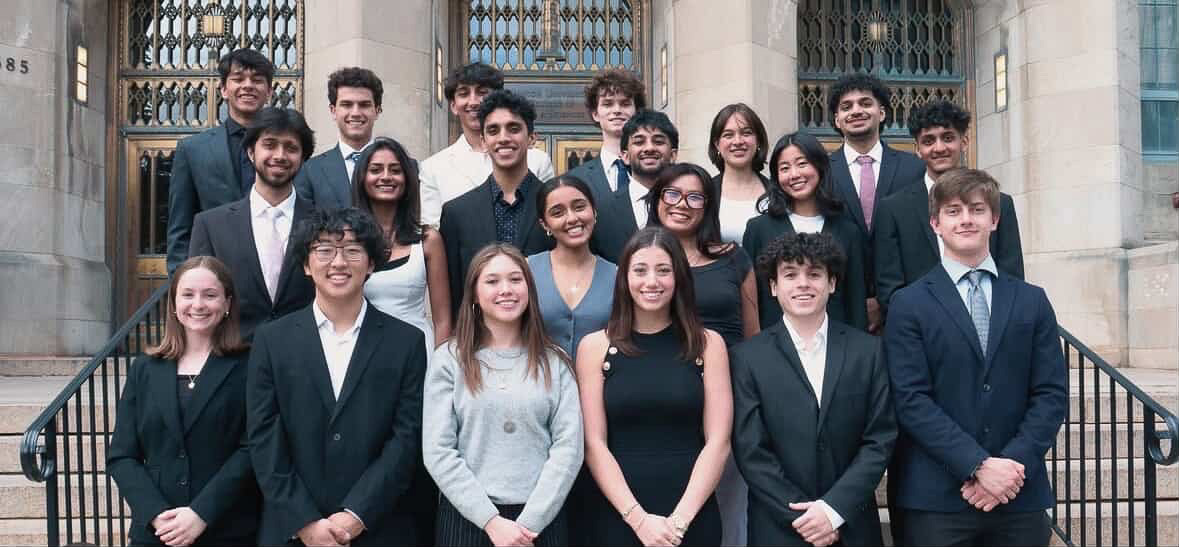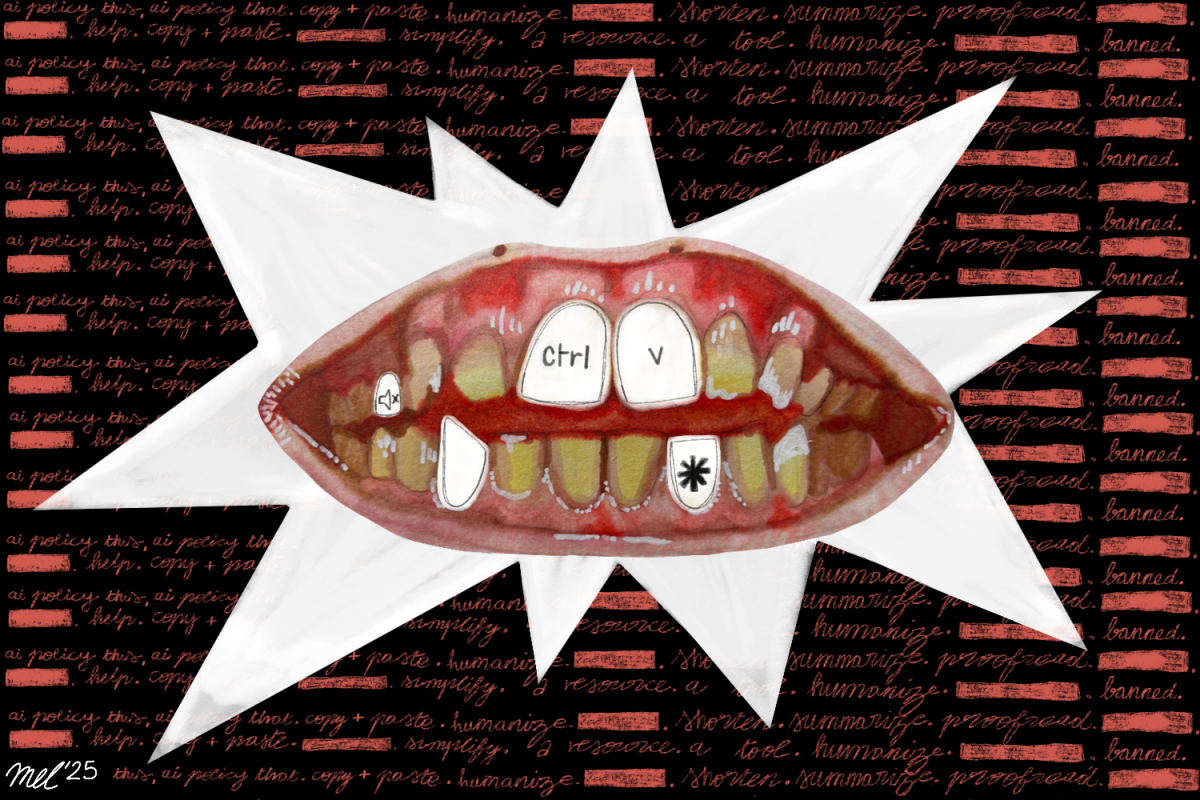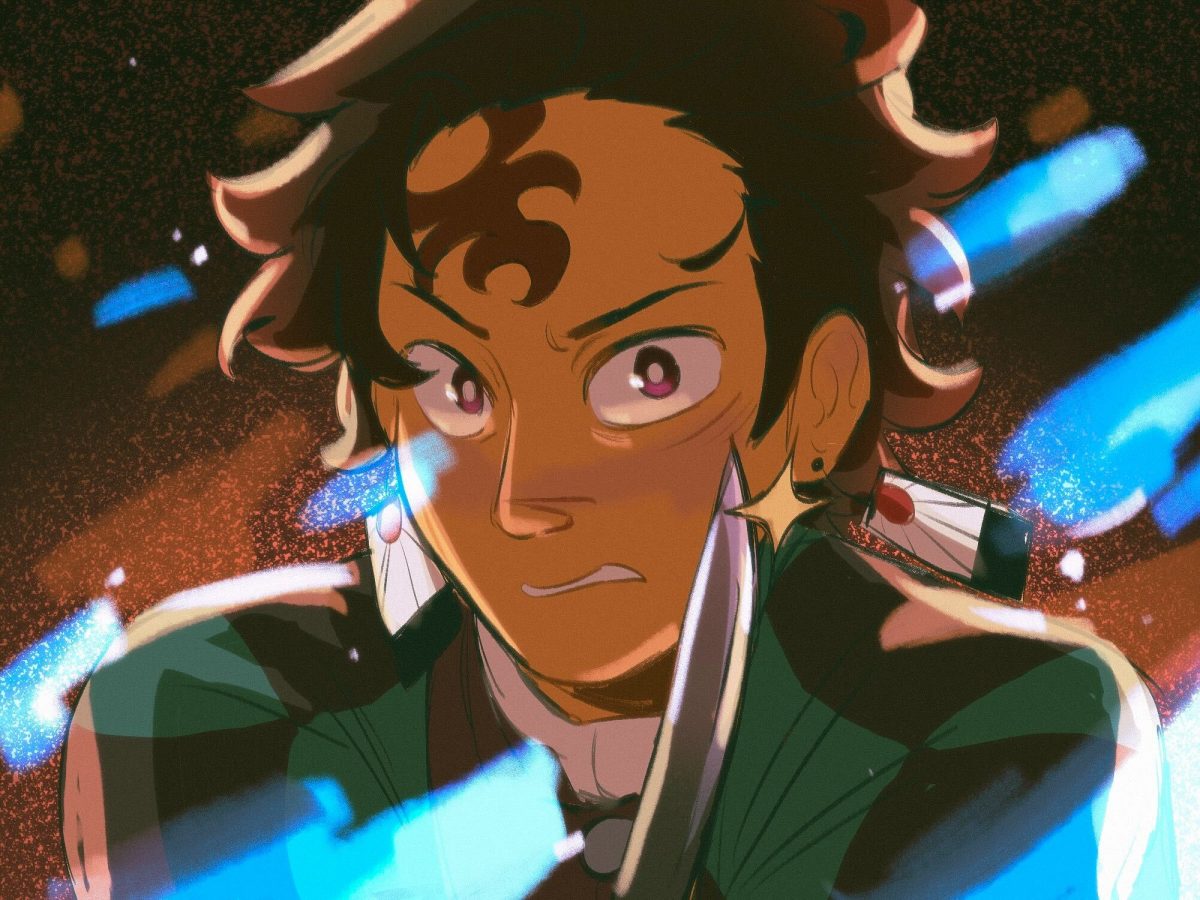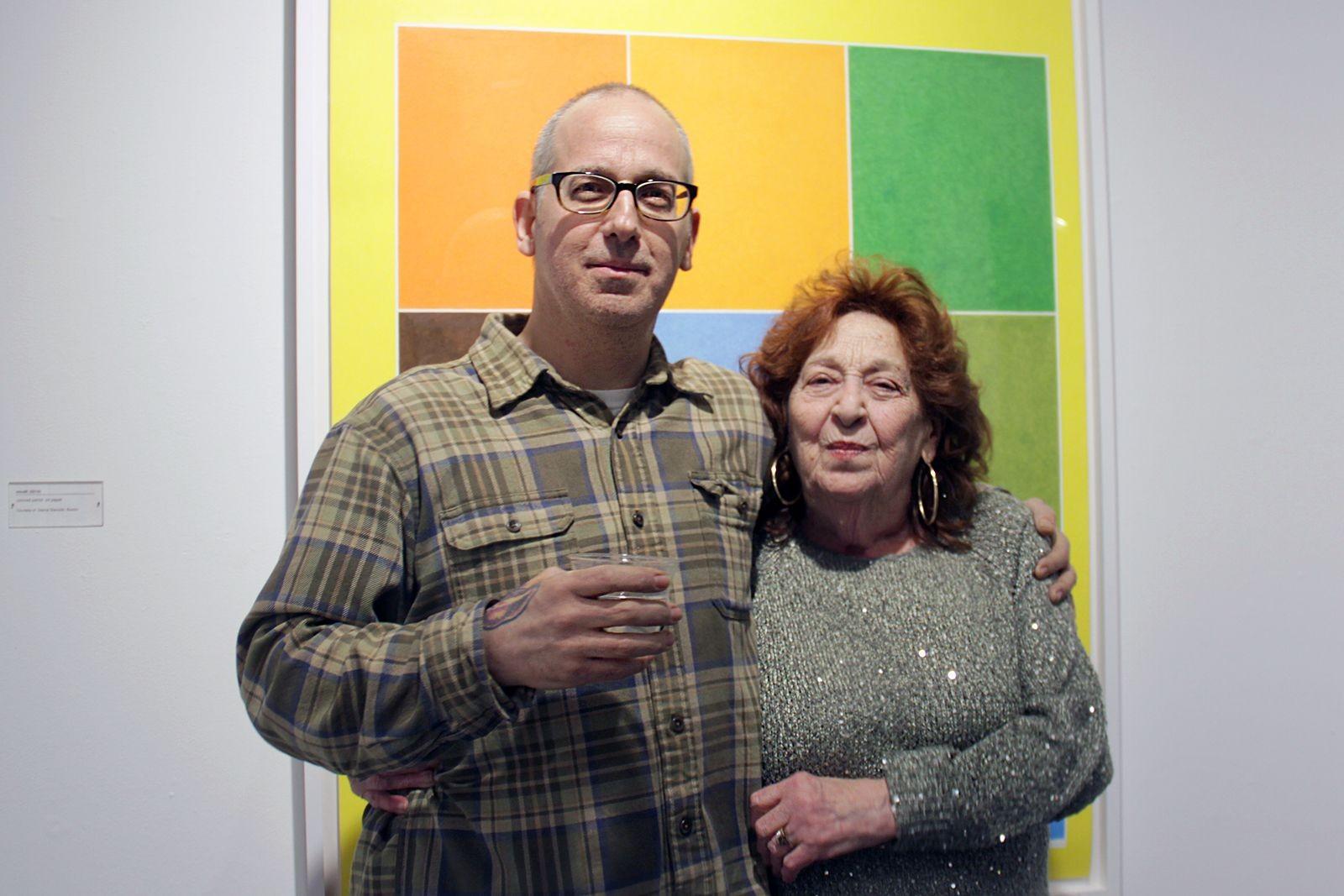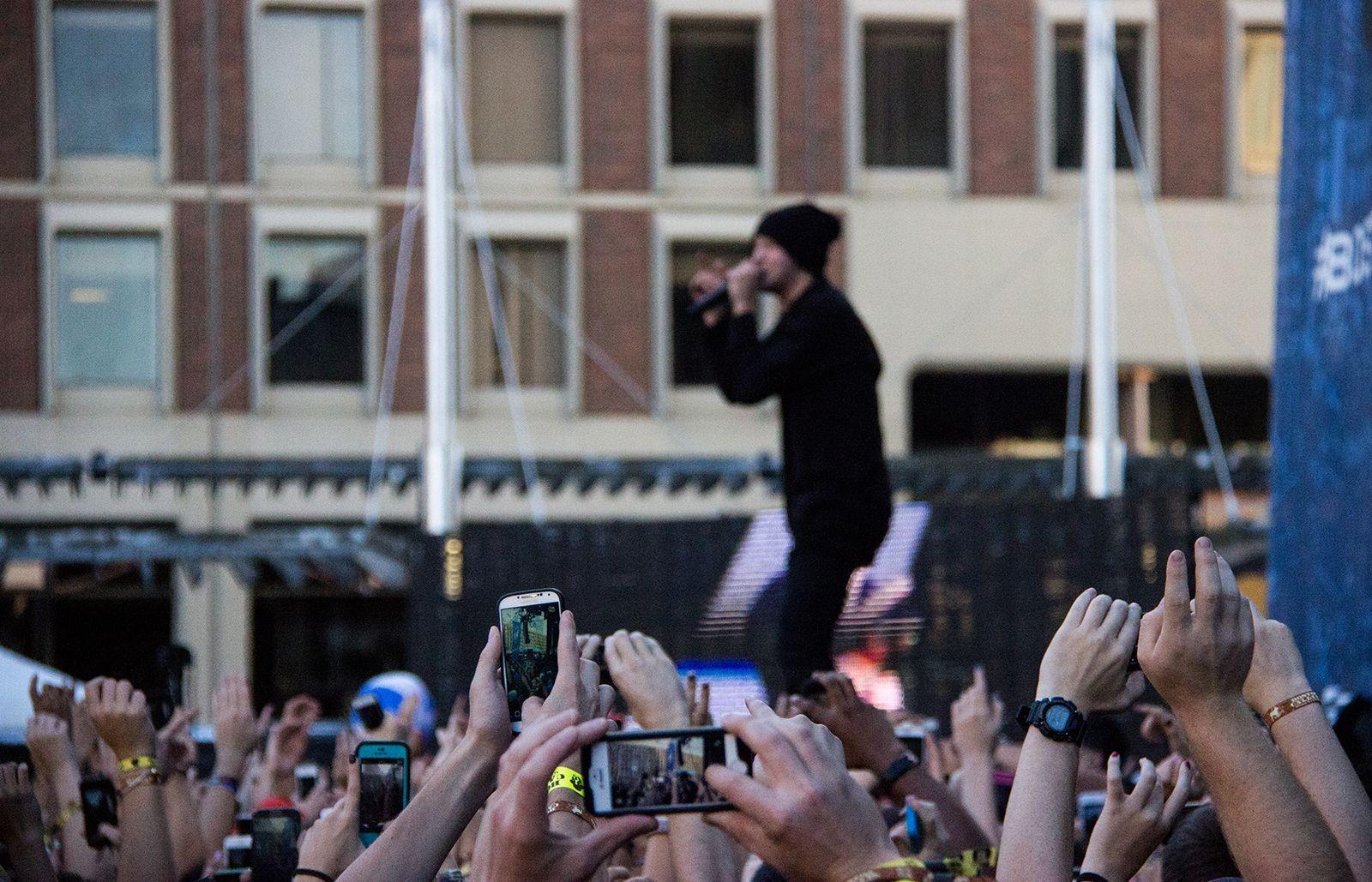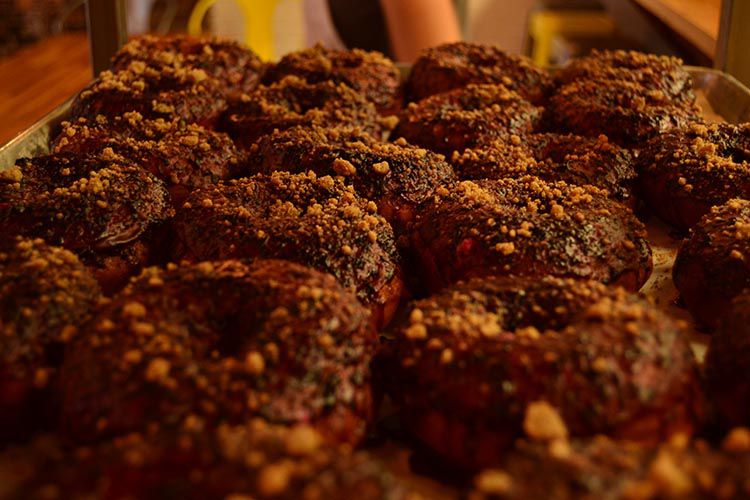Unfortunately, art museums remain an agonizing experience for many. Those who have been on a middle school field trip to a museum may remember long hours on their feet, cavernous rooms and excessively vigilant security guards. But a trip to the museum can often prove both rewarding and enjoyable, especially when a particularly noteworthy exhibition or gallery opens.
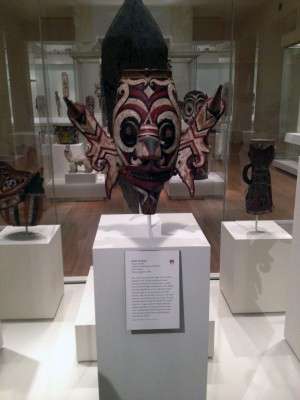
It just so happens that this is one of the most interesting times to take a trip to the Museum of Fine Arts, Boston. Alongside the fantastic, recently opened “Goya: Order and Disorder” retrospective, the MFA also opened another equally remarkable exhibit, entitled “Arts of the Pacific,” on Tuesday. While many museumgoers might be familiar with specific masterworks from the Italian Renaissance or the Impressionists, “Arts of the Pacific” takes a broader look at the lesser-known art of the islands in the Pacific Ocean. Though broad in its scope, the gallery is an excellent representation of the art and culture of the Pacific Islands, particularly during the 19th and 20th centuries.
To paint a comprehensive portrait of these islands during this time period, the gallery presents a wide variety of objects that were used in daily life or in ceremonial and ritual functions, according to an Oct. 29 press release from the MFA. The diverse collection of pieces makes for an experience that is both informative and enjoyable.
Overall, the exhibit presents art from four different areas of the Pacific — Polynesia, Melanesia, Micronesia and the islands of Southeast Asia, including Indonesia and the Philippines. Despite the wide area that the exhibit deals with geographically, the exhibit remains a cohesive whole, varied enough to remain engaging, but not so wide-ranging as to be confusing. This assortment of traditions is reflected in the gallery’s artwork, which includes sculptures from the people of Melanesia, ornamental art from the Maori people of New Zealand and Indonesian textiles, among other works.
Most of the objects included in the exhibit were created for a specific use, not simply for viewing. For instance, at least half of the exhibit is dedicated to traditional tribal masks and other spiritual objects, which were used for a variety of purposes ranging from agricultural ceremonies to wartime rituals.
Many of the masks are intricately carved, combining natural and spiritual elements to create objects that are as beautiful as they are symbolic. For many of the native peoples of the Pacific Islands, these masks provided both natural and supernatural protection, often depicting snarling, aggressive faces meant to ward off evil spirits. Different masks were used for different purposes. While we often think of tribal masks as being associated with warlike customs, one of the masks showcased in the exhibit was designed for a harvest festival. This mask combines many of the attributes of several animals, joining a dragon’s mouth, a hornbill’s beak and winged ears as part of a ritual to secure prosperity and bountiful harvest.
Though the vast majority of the works displayed have a spiritual theme, there are also several practical pieces of art in the gallery. A sailor’s map made out of reeds and a wooden spoon and bowl are just a few of the everyday objects presented, but even these seemingly mundane items are all made in the unique artistic style of the Maori and Dayak peoples. The sailor’s map, using only bent reeds and shells to indicate wave formations and island locations, is especially ingenious.
The “Arts of the Pacific” gallery is thoughtfully curated and visually stunning. Whether one is an art aficionado or a first-time visitor, this beautiful collection is a wonderful introduction to both the art of the Pacific Islands and the MFA. And the best part? Admission is free for Boston University students.
“Art of the Pacific” will be running in the Arts of Asia, Oceania and Africa Gallery at the MFA indefinitely.



